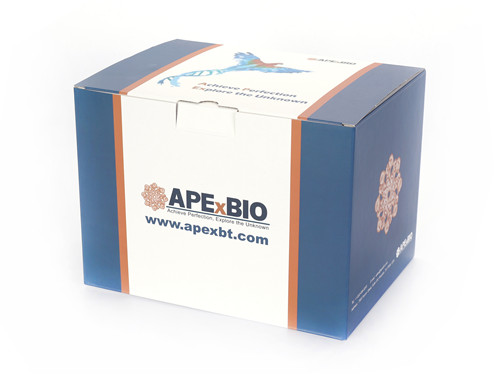Recombinant Ovine Interferon-tau
IFN-τ is a new class of type I IFN that is secreted by the trophoblast and is the signal for maternal recognition of pregnancy in sheep. IFN-τ has potent immunosuppressive and antiviral activities similar to other type I IFN but is less cytotoxic than IFN-α/β. The current investigation concerns the effect of recombinant ovine IFN-tau (rOvIFN-τ) on the modulation of MHC class I and II expression on cloned mouse cerebrovascular endothelial (CVE) cells. IFN-tau induced tyrosine phosphorylation of Stat1 and up regulated the expression of MHC class I on CVE. One proposed action by which type I IFN reduce the relapse rate in MS is via interference with IFN-γ-induced MHC class II expression. IFN-τwas shown to down regulate IFN-γ-induced MHC class II expression on CVE and, hence, may be of potential therapeutic value in down regulating inflammation in the central nervous system (CNS). IFN-τdid not upregulate the expression of MHC class II on CVE. IFN-τalso inhibited the replication of Theiler's virus in CVE.
Reference
1. Clayette P, Martin M, Dereuddre-Bosquet N, et al. 1999. Pathol Biol (Paris), 47: 553-9
2. Tekin S, Ealy AD, Wang SZ, et al. 2000. J Interferon Cytokine Res, 20: 1001-5
3. Tennakoon DK, Smith R, Stewart MD, et al. 2001. J Interferon Cytokine Res, 21: 785-92
4. Ezashi TandRoberts RM. 2004. Endocrinology, 145: 4452-60
5. Asselin E, Lacroix D, Fortier MA. 1997. Mol Cell Endocrinol, 132: 117-26.
| Gene ID | 100144750 |
| Accession # | P56828 |
| Source | Yeast |
| M.Wt | Approximately 19.9 kDa, a single glycosylated polypeptide chain containing 172 amino acids. |
| AA Sequence | CYLSRKLMLD ARENLKLLDR MNRLSPHSCL QDRKDFGLPQ EMVEGDQLQK DQAFPVLYEM LQQSFNLFYT EHSSAAWDTT LLEQLCTGLQ QQLDHLDTCR GQVMGEEDSE LGNMDPIVTV KKYFQGIYDY LQEKGYSDCA WEIVRVEMMR ALTVSTTLQK RLTKMGGDLN SP |
| Appearance | Sterile Filtered White lyophilized (freeze-dried) powder. |
| Stability & Storage | Use a manual defrost freezer and avoid repeated freeze-thaw cycles. - 12 months from date of receipt, -20 to -70 °C as supplied. - 1 month, 2 to 8 °C under sterile conditions after reconstitution. - 3 months, -20 to -70 °C under sterile conditions after reconstitution. |
| Formulation | Lyophilized from a 0.2 μm filtered concentrated solution in PBS, pH 7.4. |
| Reconstitution | We recommend that this vial be briefly centrifuged prior to opening to bring the contents to the bottom. Reconstitute in sterile distilled water or aqueous buffer containing 0.1 % BSA to a concentration of 0.1-1.0 mg/mL. Stock solutions should be apportioned into working aliquots and stored at ≤ -20°C. Further dilutions should be made in appropriate buffered solutions. |
| Biological Activity | Fully biologically active when compared to IFN-alpha. The specific activity determined by a viral resistance assay is no less than 1.0 × 107 IU/mg. |
| Shipping Condition | Gel pack. |
| Handling | Centrifuge the vial prior to opening. |
| Usage | For Research Use Only! Not to be used in humans. |
Quality Control & DataSheet
- View current batch:
-
Purity > 97 % by SDS-PAGE and HPLC analyses.
- Datasheet
Endotoxin: Less than 0.1 EU/μg of rOvIFN-τ as determined by LAL method.








